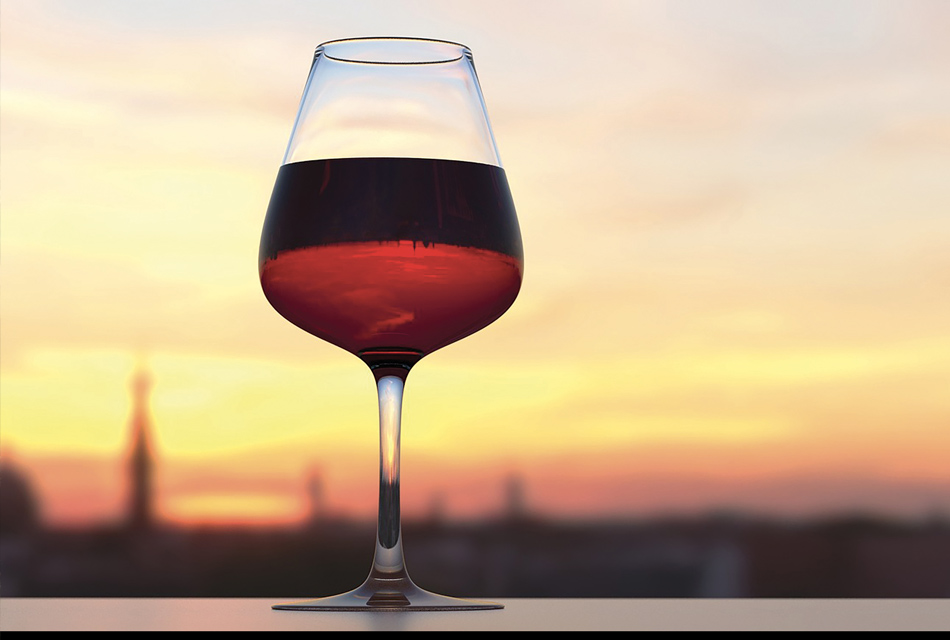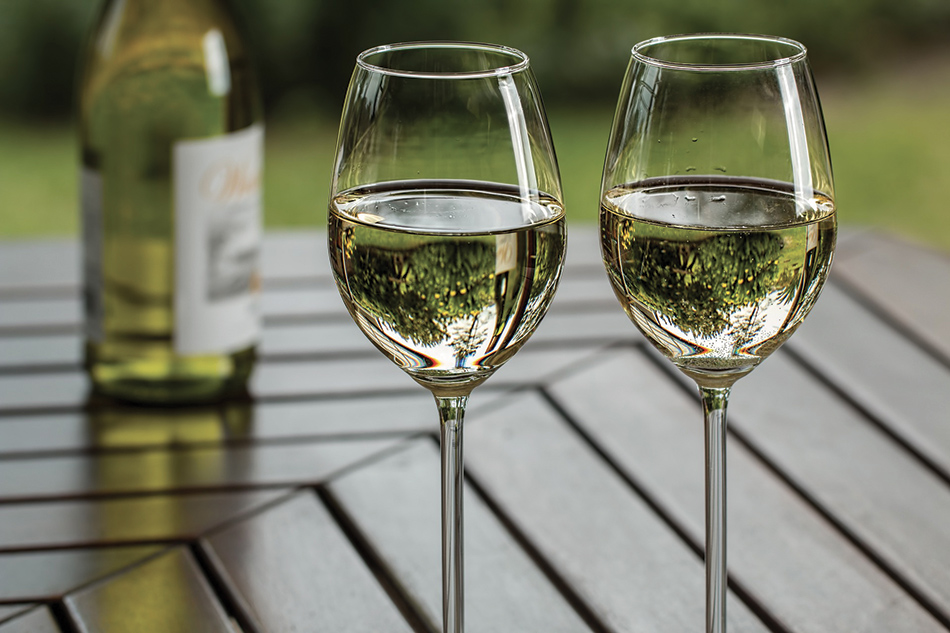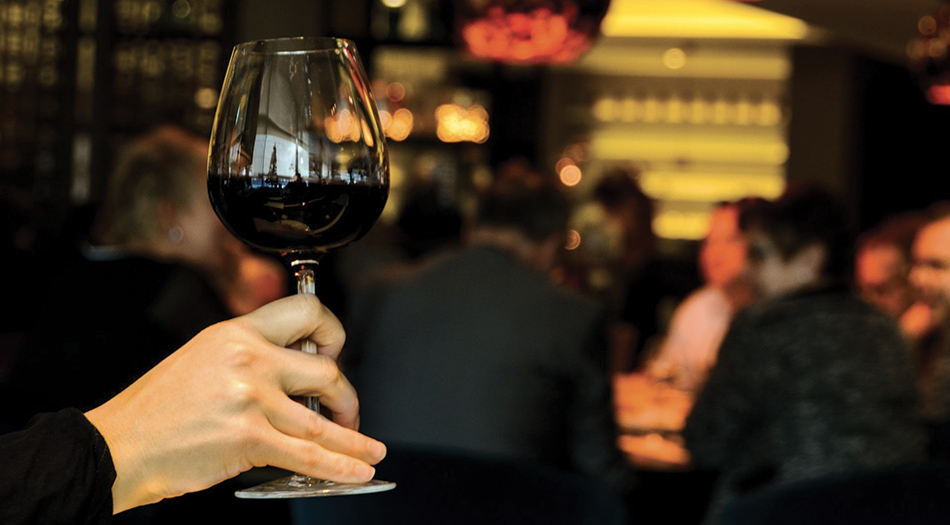They are the undisputed champions of wine lists, the icons adorning liquor store shelves,
the must-haves for consumers; Sancerre and Bordeaux continue to shine in New York
and never cease to charm.

On one hand, a small piece of land in the Loire Valley held by winemakers producing single-varietal wines renowned for their terroir definition. On the other, a region, a vineyard where various styles reign, with a multitude of histories and traditions, ranging from artisanal wines to Grand Cru Classé. So what unites these two wines in New York? What is their power of seduction? And how do they constantly win over the hearts of consumers?
Although Sancerre is an AOC for dry wines produced in all three colors, this great name from the Centre-Loire resonates with wine lovers for its dry white wines made from Sauvignon Blanc. This sometimes leads to confusion when it comes to differentiating between appellation and grape variety. For the American target audience accustomed to trusting a particular fruit, a grape variety, the notion of terroir led by the appellation seems somewhat superfluous. However, it is important to note that although Sancerre Blanc is produced only from Sauvignon Blanc, they exhibit characteristics unique to their place of origin in the Cher department. “Our clients' tastes have evolved towards white wines with a more pronounced mineral definition, with fewer herbaceous-vegetal notes and more acidic fruit notes than those offered by wines from New Zealand”, managers say. In other words, the informed enthusiast is increasingly turning to Sauvignon Blanc with fewer pyrazines. "Sancerre recognizes one of the most qualitative expressions of Sauvignon Blanc, capable of competing with a wide range of food and wine pairings at accessible prices, just like more premium cuvées," sommeliers in the Big Apple are keen to point out. Despite some challenging vintages in terms of quantity, demand is growing, and prices are aligning. Are we witnessing a premiumization of Sancerre in New York as the appellation continues to present itself as accessible wines for immediate enjoyment? Only time will tell, but in any case, the Ligurian soul of these actors is preserved and has succeeded in its convincing endeavor for New York.

Bordeaux, a historic French vineyard, has already ticked several boxes in recent decades with New York prospects. Carried by the grandiose image of the Grands Crus Classés, Bordeaux's production convinces with its consistency and international stature. Influencing New World vineyards, Bordeaux sets an example and stands out prominently on the city's wine programs. It is amusing to note that Americans readily acknowledge the predominance of Bordeaux wine but still attach themselves to their taste, meaning, for them, the notion of grape variety. In a restaurant, you will therefore be asked for a Cabernet Sauvignon, and all the better if it is produced in Bordeaux.

Amusing for a vineyard built around its quality of blending. That said, history is well-made; while the Médoc plays its mythical card of fleshly Cabernet Sauvignon with well-armed tannic stature, the right bank presents juicy Merlots bordering on fine elegance. However, these truths are questioned every year, with vintage effects on one side and the signature of the property on the other. Bordeaux will remain a land of diversity mixed with history, generations, historical craftsmanship, and boldness. It is undoubtedly this plurality that continues to please and seduce the refined New York taster. Especially as Bordeaux evolves and transforms internally. "Everything tends to become more expensive when it comes to Bordeaux; however, when the price is justified, we try the experience," city sommeliers agree. Thus, some areas of Bordeaux are starting to stand out. This is the case of Côtes de Castillon, which delivers less structured, juicier, and more enticing wines. A profile that appeals to a younger generation that sees the price/pleasure ratio as a fundamental asset.
In the end, whether single-varietal or blended, the wines of these great French wine regions have not said their last word in defending their place on the New York podium, a French flair that navigates happily on wine lists.
Adrien Cascio